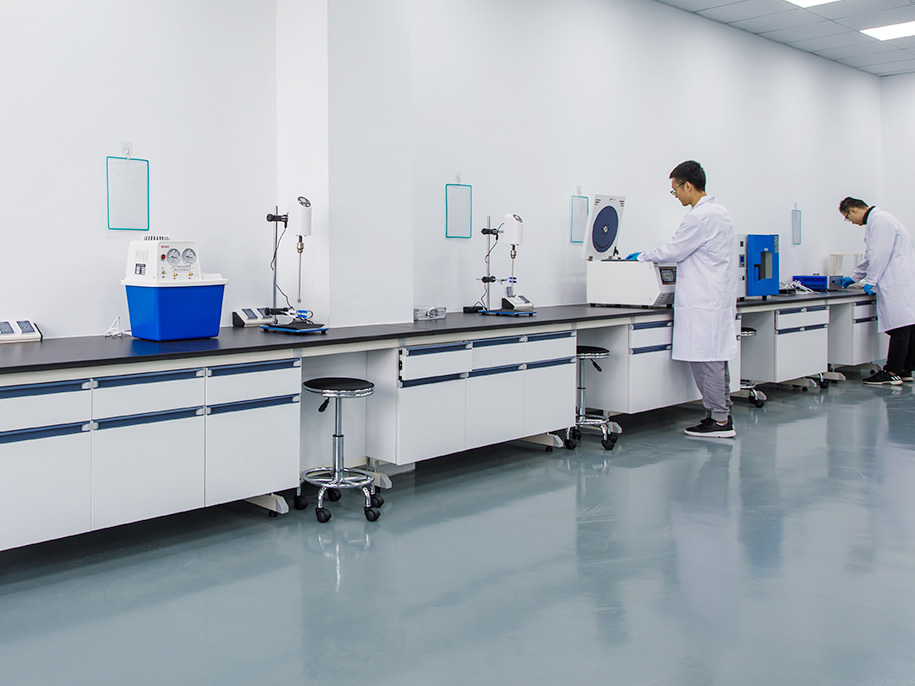Carbon Nanotubes for Advanced Water Filtration: A New Frontier in Clean Water Technology

🌍 Introduction: The Global Clean Water Challenge
With climate change, urbanization, and industrial pollution on the rise, clean and safe drinking water is becoming increasingly scarce.
-
Over 2 billion people globally lack access to safely managed drinking water.
-
Existing filtration technologies often suffer from:
-
Slow throughput
-
Clogging
-
High energy demand
-
Limited removal of nanocontaminants
-
This is where carbon nanotubes (CNTs) come in — bringing next-generation water purification capabilities through nano-engineered membranes and filtration composites.
🔬 Part 1: Why Carbon Nanotubes?
CNTs offer a unique blend of properties ideal for water filtration:
| Property | Benefit for Filtration |
|---|---|
| High surface area | Efficient adsorption of heavy metals & toxins |
| Narrow, smooth pores | Ultrafiltration and rapid flow |
| Hydrophobic/hydrophilic tuning | Control of fouling and selectivity |
| Antibacterial surfaces | Inhibit microbial growth on filters |
| Chemical and thermal stability | Operates in harsh water conditions |
⚗️ CNTs allow for water to flow up to 1000 times faster than conventional polymer membranes due to near-frictionless inner walls.
🚰 Part 2: Types of CNT-Based Filtration Systems
2.1 CNT Membranes
CNT membranes are created by aligning nanotubes in a polymer matrix or embedding them in porous substrates.
-
Vertically Aligned CNT Membranes (VA-CNTs)
Water flows through the inner tubes, allowing fast transport and size-selective filtering. -
Random CNT Networks
Used in composite membranes for adsorption and antimicrobial functions.
2.2 CNT/Polymer Composites
CNTs are blended with polymers like PES, PVDF, or cellulose acetate, providing:
-
Structural strength
-
Fouling resistance
-
Improved rejection of heavy metals and pathogens
2.3 CNT-Coated Filters
Existing filters (e.g., carbon blocks or ceramic membranes) can be coated with CNTs to enhance performance without redesigning the whole system.
🦠 Part 3: Functional Capabilities
3.1 Heavy Metal Removal
CNTs adsorb toxic ions like:
-
Lead (Pb²⁺)
-
Mercury (Hg²⁺)
-
Arsenic (As³⁺)
-
Chromium (Cr⁶⁺)
Through electrostatic interaction, π–π stacking, and complexation with functional groups (e.g., -OH, -COOH, -NH₂).
3.2 Desalination & Salt Rejection
Vertically aligned CNT membranes can selectively reject sodium (Na⁺) and chloride (Cl⁻) while allowing water molecules to pass rapidly.
Some studies show desalination efficiency >99.5%, rivalling RO membranes but with significantly less energy consumption.
3.3 Bacterial & Virus Inactivation
CNTs have natural antimicrobial properties, especially when functionalized or used in combination with silver nanoparticles (AgNPs).
They disrupt cell walls, induce oxidative stress, and block nutrient transport in pathogens.
3.4 Organic Micropollutant Removal
-
Pesticides
-
Pharmaceutical residues
-
Endocrine-disrupting compounds (EDCs)
These are efficiently captured by hydrophobic adsorption onto CNT walls or trapped within nanostructured pores.
🧪 Part 4: Key Design Considerations
| Factor | Optimization Strategy |
|---|---|
| CNT Type | SWCNT for high flow; MWCNT for stronger structure |
| Functionalization | Acid-treated CNTs increase hydrophilicity & metal affinity |
| Alignment | Vertical alignment → ultrafast water transport |
| Support Layer | CNTs often embedded in robust substrates (ceramic, polymer) |
| Anti-fouling | Surface charge & roughness modified to resist biofilm |
🌊 Part 5: CNT Filters vs. Traditional Systems
| Feature | Conventional Filter | CNT-Enhanced Filter |
|---|---|---|
| Flow rate | Moderate | Extremely high |
| Biofouling | Common issue | CNTs inhibit microbial growth |
| Pollutant size | Filters > 100 nm | Filters < 1 nm possible |
| Maintenance | Frequent | Lower due to self-cleaning |
| Energy consumption | Medium to high | Lower in pressure-driven systems |
🏭 Part 6: Use Cases and Commercial Examples
🌱 Municipal & Industrial Wastewater Treatment
-
CNT-polymer membranes for heavy metal removal and oil-water separation
-
Pilot systems in China, Israel, and UAE
🧴 Household Water Purifiers
-
CNT-based cartridges that enhance microbial protection
-
Used in premium point-of-use (POU) filters
🚰 Portable Filters
-
Military and disaster relief filters using CNTs for ultrafast purification
-
High efficiency against E. coli, viruses, and VOCs
🧪 Laboratory & Pharmaceutical Water Systems
-
Ultra-pure water with minimal organic residue
-
Replace multi-stage filtration systems with one CNT membrane
🧭 Part 7: Limitations & Challenges
-
Cost of CNT Production
-
Still relatively expensive compared to carbon black or silica
-
Prices are dropping with mass production (CVD and arc discharge)
-
-
Disposal & Environmental Impact
-
Free CNTs may pose risks if not properly bound in membrane
-
Efforts ongoing to develop biodegradable CNT composites
-
-
Scale-Up
-
Difficult to produce uniform, defect-free CNT membranes at industrial scales
-
Research ongoing in roll-to-roll CNT membrane fabrication
-
🔮 Future Outlook
-
Self-cleaning smart filters using electrical impulses to dislodge fouling
-
Hybrid membranes combining CNTs, graphene, and MOFs (metal-organic frameworks)
-
Energy-harvesting membranes that generate electricity while filtering water
🌐 With global water stress rising, CNT filtration systems could become a mainstream clean water solution in the next 5–10 years.
🧠 Conclusion: CNTs Could Redefine Clean Water Access
Carbon nanotubes are no longer just a lab curiosity — they’re building the future of ultra-efficient, compact, and multifunctional water filtration systems.
Their extraordinary surface chemistry, fast flow dynamics, and antimicrobial abilities make them ideal for the next generation of clean water infrastructure, from cities to homes to survival kits.
💡 The next drop of clean water may pass through a carbon nanotube.

